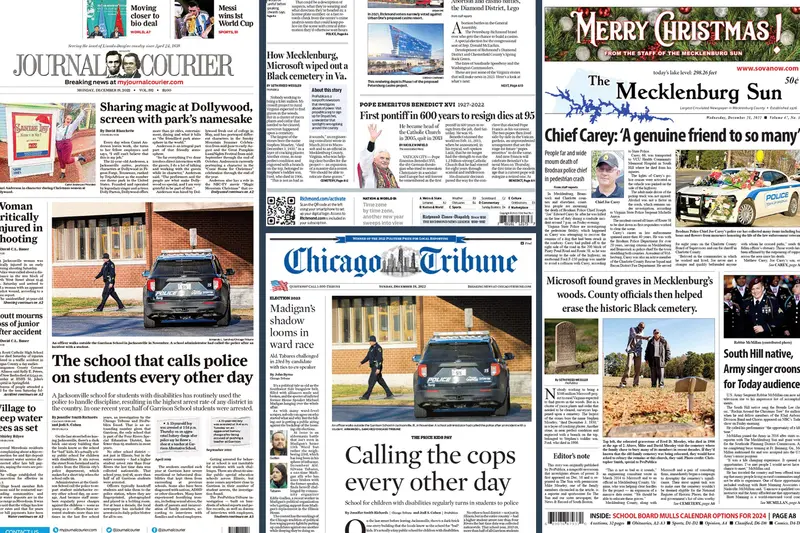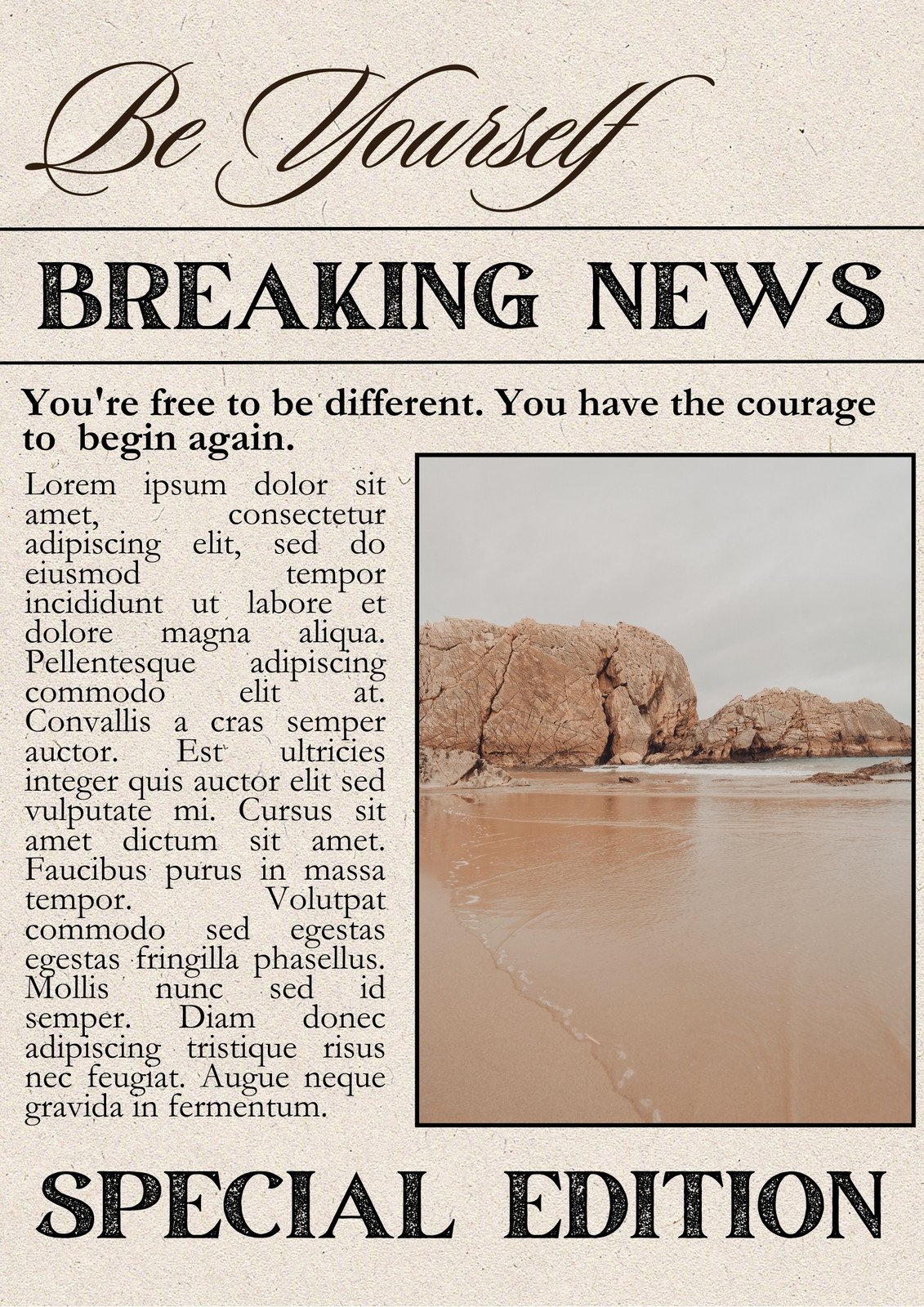The Main Principles Of News Articles
The Main Principles Of News Articles
Blog Article
News Articles Things To Know Before You Get This
Table of ContentsNot known Facts About News ArticlesThe 9-Minute Rule for News ArticlesNews Articles for DummiesThe Of News ArticlesAn Unbiased View of News Articles
Excellent understanding of different topics gives trainees an one-upmanship over their peers. Although digital and social media sites are readily accessible, we need to not forget exactly how crucial it is to review the papers. Parents should try and inculcate the routine of reading a newspaper as a day-to-day routine to continue the tradition of the adored print medium.Newspaper article also consist of at the very least one of the complying with vital characteristics about the desired target market: distance, prestige, timeliness, human passion, strangeness, or consequence. The relevant term journalese is often made use of, usually pejoratively, to describe news-style writing. Another is headlinese. Papers typically adhere to an expository writing design.
Within these limits, news stories additionally aim to be extensive. Among the bigger and extra reputable papers, justness and equilibrium is a major element in providing info.
Papers with a global audience, for instance, have a tendency to use a much more official design of creating. News Articles.; common style overviews include the and the US News Design Book.
The 6-Minute Rule for News Articles
As a rule, reporters will certainly not use a long word when a brief one will certainly do. News authors attempt to prevent utilizing the exact same word much more than once in a paragraph (often called an "resemble" or "word mirror").
Nonetheless, headings often omit the subject (e.g., "Leaps From Watercraft, Catches in Wheel") or verb (e.g., "Cat female lucky"). A subhead (also subhed, sub-headline, subheading, caption, deck or dek) can be either a subordinate title under the major heading, or the heading of a subsection of the write-up. It is a heading that precedes the major message, or a team of paragraphs of the major text.

of an article subject, informant, or interviewee), it is referred to as a pulled quotation or pull quote. Extra billboards of any one of these types might show up later in the post (specifically on subsequent web pages) to entice additional analysis. Journalistic web sites occasionally make use of animation techniques to exchange one billboard for an additional (e.g.
The Buzz on News Articles
Such billboards are also utilized as guidelines to the article in other sections of the magazine or site, or as advertisements for the piece in various other magazine or sites. Press launch of the Swiss government. Regular framework with title, lead paragraph (summary in bold), various other paragraphs (information) and get in touch with information.

Instance of a hard-lead paragraph NASA is suggesting an additional room task. The budget plan requests about $10 billion for the job.
The NASA statement came as the company asked for $10 billion of appropriations for the job. An "off-lead" is the second crucial front page news of the day. The off-lead appears either in the leading left edge, or straight below the lead on the. To "bury the lead" is to look at these guys start the post with background information or information of second value to the readers, forcing them to review even more deeply you could look here into a post than they should need to in order to find the vital points.
3 Easy Facts About News Articles Explained
Typical use is that one or two sentences each create their very own paragraph. Reporters generally describe the company or framework of a newspaper article as an inverted pyramid. The vital and most intriguing elements of a story are placed at the beginning, with supporting info adhering to in order of diminishing value.
It allows individuals to discover a subject to only the depth that their interest takes them, and without the charge of information or subtleties that they can take into consideration pointless, however still making that information available to much more interested visitors. The upside down pyramid structure likewise makes it possible for write-ups to be cut to any type of approximate size during format, to suit the space available.
Some authors start their tales with the "1-2-3 lead", yet there are lots of sort of lead readily available. This style invariably starts with a "Five Ws" opening up paragraph (as described above), complied with by an indirect quote that serves to sustain a major aspect of the first paragraph, and afterwards a straight quote to support the indirect quote. [] A twist can describe multiple points: The last tale current broadcast; a "pleased" story to end the show.
Longer short articles, such as magazine cover posts and the items that lead the inside sections of a newspaper, are referred to as. Attribute tales differ from straight news in several methods. Foremost is the absence of a straight-news lead, the majority of the time. Rather than providing the significance of a story up front, attribute authors might attempt to draw visitors in.
News Articles - The Facts
The reporter typically information communications with meeting topics, making the item more individual. An attribute's first paragraphs usually relate a fascinating minute or event, as in an "anecdotal lead". From the details of an individual or episode, its view rapidly expands to generalities regarding the tale's subject. The section that indicates what an attribute is around is called the or billboard.

The Editor's Tool kit: A Reference Overview Check Out Your URL for Beginners and Professionals (2001) Allan M. Siegal and William G. Connolly. The New York Times Manual of Style and Use: The Official Style Overview Made Use Of by the Writers and Editors of the Globe's A lot of Authoritative Newspaper (2002) M. L. Stein, Susan Paterno, and R.
Report this page